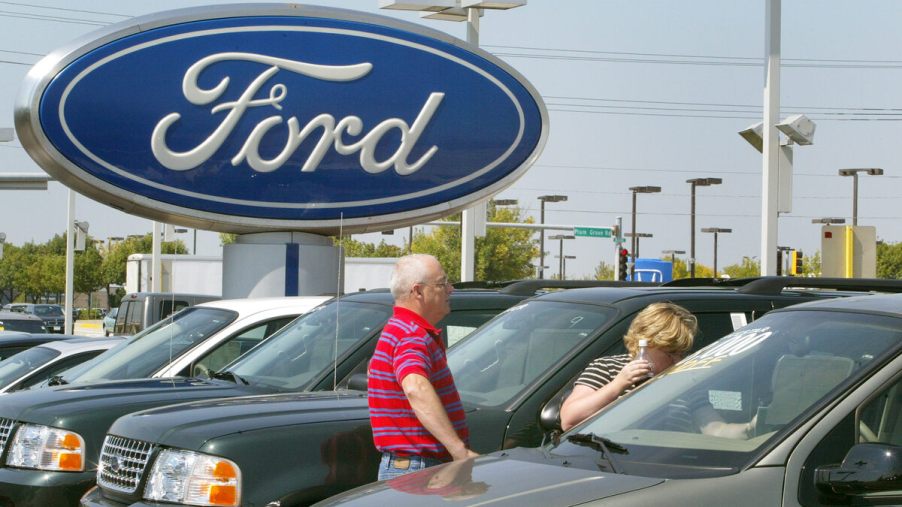
A Few Years Ago Almost Nobody Paid $1,000 a Month for a Car, That’s All Changed
As temperatures continue to soar this summer, so does the cost of financing a new vehicle. With the cost of car buying at an all-time high, consumers are struggling to find a reliable model that meets their budget constraints.
Five years ago, the average monthly payment for a new car was around $525. Today, that cost has almost doubled, with many drivers paying more than $1,000 monthly to keep an automobile in their driveway.
Car ownership is becoming more expensive
According to new research data from Edmunds, in the second quarter of 2019, only 4.3% of drivers were paying a monthly car payment of $1,000 or more. Fast forward to the second quarter of 2023, and 17.1% of consumers are carrying a monthly car payment of at least $1,000, a new all-time high.
Edmunds also reported that average monthly payments are also on the rise, with a record-high amount of $733 and an average financing rate of 7.1%. The average APR for interest rates has not been this high since late 2007. Consumers looking for a used car are not faring much better, with the average interest rate at 11.1%, up from 7.8% in 2022, resulting in a monthly payment of approximately $542.
The auto reviewer explains, “The double whammy of relentlessly high vehicle pricing and daunting borrowing costs is presenting significant challenges for shoppers in today’s car market.”
What is causing car payments to skyrocket?
High-interest rates are not the only problem making auto financing harder than ever. Dealers are contributing to rising costs by adding new mark-ups to their vehicles as they attempt to recoup losses from the pandemic and resulting chip and supply chain shortages. Meanwhile, the average price of a new car is $47,680, which means most drivers will need to get a loan to afford the hefty price tag.
In addition, negative equity has also compounded the problem. The Washington Post reports, “In February, 44.2% of new vehicles purchased had a trade-in, and 18% of those trade-ins had negative equity, meaning they owed more on the car than it was worth.” Rolling the balance of an old car loan into a new financing deal contributes to the growing issue of higher monthly car payments.
All these factors combined play a significant role in the astronomical monthly payments we are currently seeing, putting shoppers looking for a new car in a difficult position.
Make sure you can afford a $1,000 monthly payment before purchasing a new car
Consumers need to be aware of financing terms and make sure they can afford a massive payment before considering buying an expensive new car. Look at the length of the loan, make sure your credit score is in good shape, and shop around for the best deal. You can also look at lower-priced vehicles to keep the monthly car payment down.
Edmunds points out there are “worse ways to spend $1,000 per month,” however, they remind shoppers that “it’s critical to come to the table with a comprehensive budget and a feel for the financing elements of a car purchase beyond the monthly payment, including the APR.”
Down payments on a new car are also at an all-time high, averaging $6,956 during the first quarter of 2023, making car ownership all the more difficult. So, if you don’t want to break the bank this summer on a new car purchase, consider keeping your current ride for a little while longer until the market eases up. Of course, if you have the money to spend, happy car shopping!


